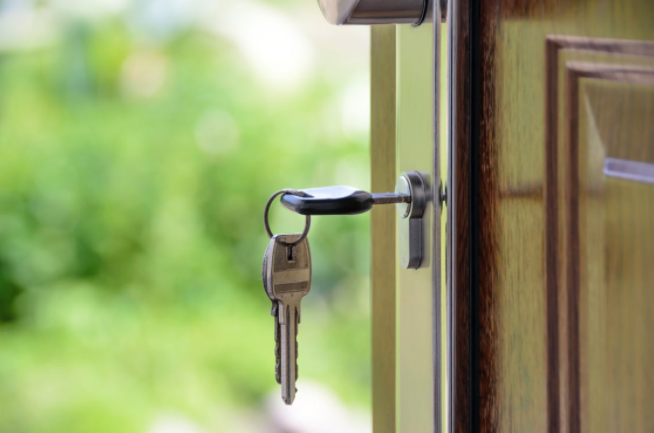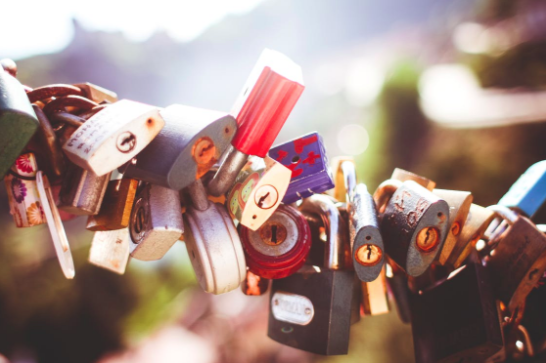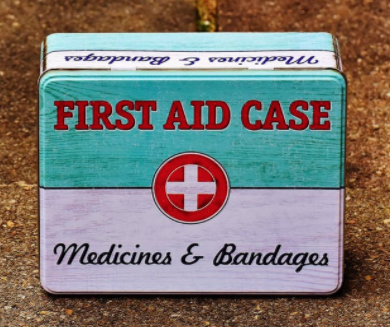How Burglars Are Using Social Media

Social media has become a huge part of everyday life. People are constantly sharing photos, statuses, and other updates letting their followers know where they are and what they’re doing. Unfortunately, this can put people at risk, with burglars using social media to target certain homes and individuals.
Most applications use location services, often telling people where we are without our knowledge. This gives burglars an upper hand. Below are a few ways that burglars are using social media to their advantage, as well as some tips for preventing them.
Casual Facebook Friends
Many of us have Facebook friends who we have grown apart from or didn’t know very well to begin with. . Remove these people as your friends, as well as any unknown followers on other social media networks.
Additionally, make sure that your social profiles are private. That way, prying eyes will not have access to your personal information and whereabouts.
Facebook Check-ins
When traveling, people often “check in” at airports, hotels, or their destination on Facebook. Checking in at the airport or at a location in a different city lets a burglar know exactly where you are, and also indicates you’ll be gone for some time. Burglars then have plenty of time to commit a robbery.
The Location Feature
Many social media applications share your location whenever you post. Facebook includes your location automatically, while other applications let you choose whether or not to add your location. Fortunately, you can go to your personal settings and turn the location feature off.
Google Street View
Google Street View gives burglars a panoramic view of the area around your home. While there isn’t much to prevent burglars from using this feature, you should still be aware that Google Street View is a potential casing tactic.
Vacation Photos
We often want to show off the beautiful places we’re visiting while on vacation, updating Instagram and Facebook with photos of our trip. Our tip? Wait to upload your vacation photos until after you’ve returned home. That way, a potential burglar cannot take advantage of your being away from home.
Social media is a great way to communicate and connect with people all over the world, but it’s important to be cautious of the potential dangers of social media. Use these tips to protect your home while you’re away.
Interested in extra protection against burglars? Contact Sonitrol to learn about our comprehensive home security solutions.









